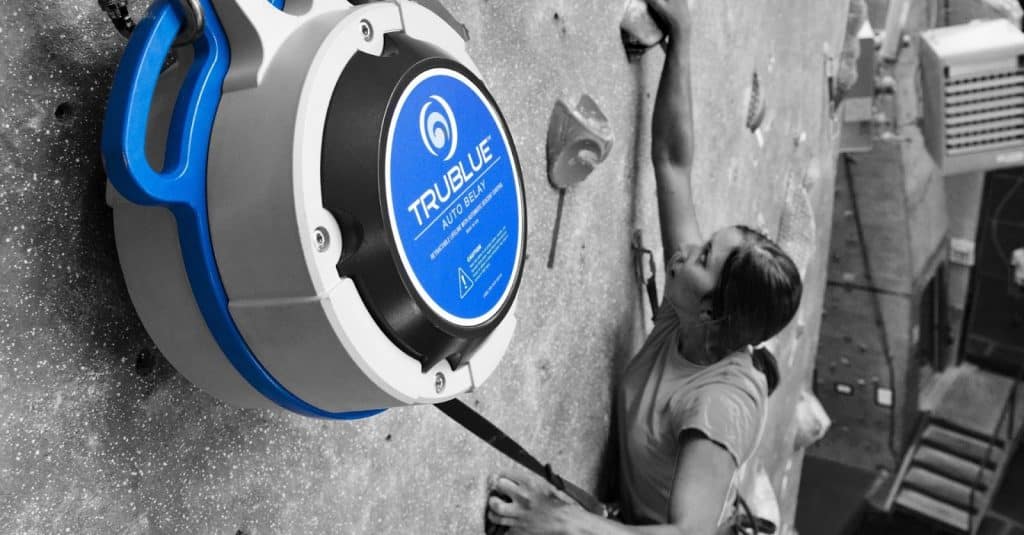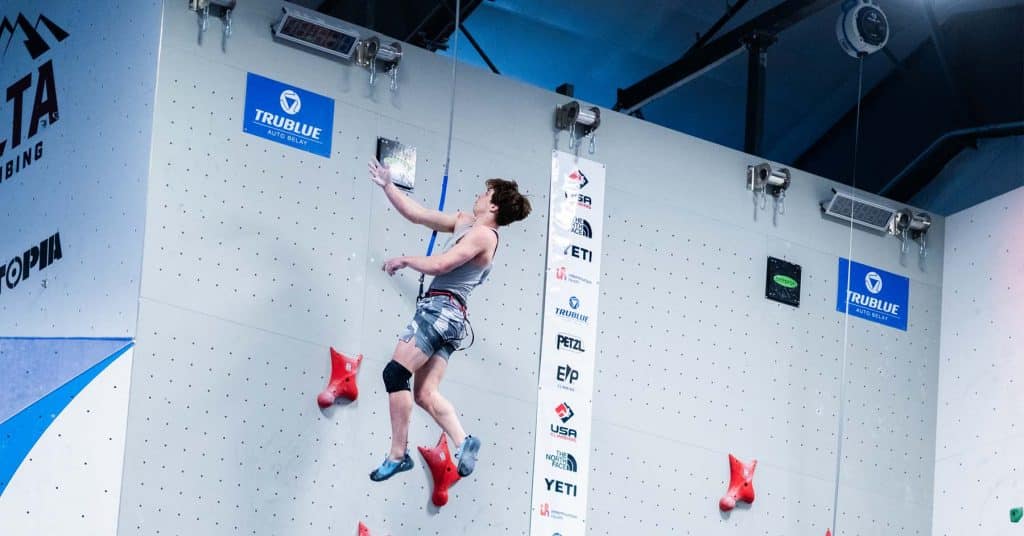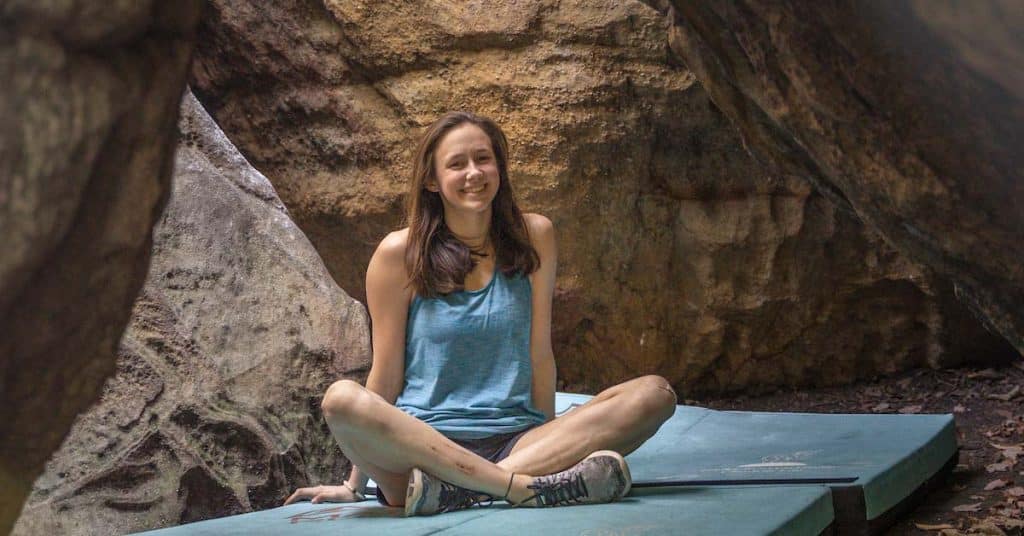Classrooms are incorporating more experiential learning into the curriculum, but this style of learning is not just for the kids. Adults can also benefit. Because the participants are often more engaged, experiential learning activities for adults and kids can have higher rates of retention compared to other passive styles of learning.
Experiential learning is the process of learning through experience and is both an active and reflective process. Experiential learning focuses on gaining knowledge firsthand instead of simply hearing or reading about a topic, but just because an activity is hands-on does not mean it is experiential learning. A key element of experiential learning is reflecting on the experience and applying the concepts. Often the actual learning happens after the activity is complete and participants are reflecting and discussing what they experienced. Participants should be prompted to reflect on what they are doing and why the activity is relevant or important.
Looking for some experiential learning ideas to try with your team or workgroup? Here are three experiential learning activities for adults. Each activity has different goals to help improve communication, teamwork, brainstorming, and more with your team. Adjust and adapt these activities as needed to fit the needs of your group.
What People Think I Do / What I Really Do (based on the internet meme)
Goal: Improve understanding and cooperation between departments or work groups
Requirements: 3-4 groups, paper, pencils or crayons
The Activity: This activity is based on the popular internet meme of the same name. To start, split the participants into groups based on workgroups or departments. Provide each group with a piece of paper that is laid out into 4 quadrants. At the top of the paper, each group should write down the name of their department or workgroup. The first quadrant should be labeled "What my friends think I do." The second quadrant should be labeled "What society thinks I do." The third quadrant should be labeled "What my co-workers think I do." The final quadrant should be labeled "What I actually do."
Instruct each group to discuss the prompts in each quadrant and to either draw or write out their responses. Afterward, each group will present their meme to the larger group, describing each quadrant and the different perceptions shown.
The Discussion: After each group has presented, the larger group should discuss their overall impression of this activity. What misconceptions exist that might cause difficulties between groups? Did anyone gain a better understanding of the other groups? What emotions were felt throughout the activity? What is one thing each workgroup or department would like others to know?
Blindfolded Climbing
Goal: Improve communication and teamwork
Requirements: Time and cost to bring participants to nearby climbing gym, blindfolds (A climbing gym with auto belays will make this activity easy because anyone can try climbing without the need to be belay certified at the gym.)
The Activity: After everyone has completed the gym's safety orientation and is ready in their harness, split the participants into pairs for climbing. To start, the first person to climb clips into the auto belay and then puts on their blindfold. They must rely on their partner for directions to climb, so their partner needs to tell them where the next hold is and how far away. After 5 minutes, the partners should switch roles. Once each partner has had a turn climbing, mix the groups up and have them attempt blindfolded climbing with a new partner.
The Discussion: Afterwards, gather the participants together to discuss their experience. What were their initial expectations compared to their experiences? What ways did the first pairs find to better communicate? What was it like switching partners and re-developing communication? How did your partner's behavior and communication affect your performance while climbing?
Divergent to Convergent Thinking
Goal: Improve brainstorming and idea sharing process
Requirements: Groups of 5-10 individuals, the moderator should read up on divergent and convergent thinking beforehand to better lead the group
The Activity: Start with a simple, unrelated topic (like designing a better water bottle), and ask everyone to individually write down 5-10 ideas. Collect all ideas and write them down for all to see. Next, brainstorm as a group to come up with as many new ideas as possible for the next 5-10 minutes. This time is only a time for new ideas and is not a time to discuss the pros and cons of the ideas that have been proposed. After brainstorming and the divergent portion of this exercise is complete, move on to convergent thinking and have the group narrow down the list down to three ideas.
After this initial round of divergent to convergent thinking, have the group explore a topic that is relevant to the group while avoiding sensitive topics. One simple example is to design a better meeting agenda or format. Again, have the group move through the two divergent stages of individual ideation and group brainstorming before narrowing down the list to three ideas with convergent thinking.
The Discussion: Discuss the experiences and compare the first topic to the second. Did the participants feel like they were running out of ideas early? Were participants holding back ideas because they thought they would be dismissed or because they dismissed their own ideas internally? Was it hard to avoid convergent thinking during the brainstorming process? Are there specific situations where a focus on divergent thinking would be beneficial?



